Why do disc brakes wedge so often on cars in Russia
- August 9, 2023
- 0
The braking system is the most important unit of any car, and its failure is a compelling reason to call a tow truck, no matter how much it
The braking system is the most important unit of any car, and its failure is a compelling reason to call a tow truck, no matter how much it
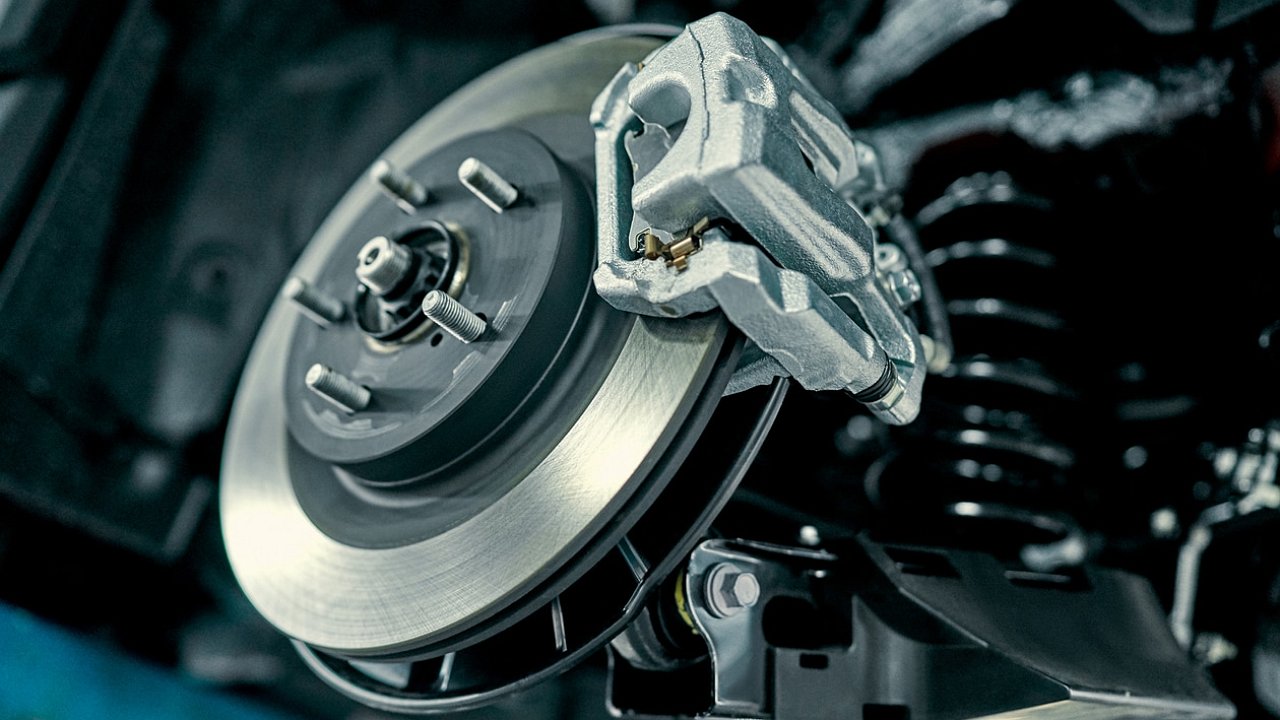
I would like to attribute any problem to the advanced age of cars in Russia, and then let out an offended cry into the void about the restlessness of myself and the people as a whole. However, in the case of braking, this “reason” will turn out to be incorrect, since it is necessary to keep and maintain the mechanisms on a new car, and the jamming of the caliper occurs in the early stages of operation . Literally, on “children’s” runs. So what’s the problem then?
To understand the structure of a caliper, it is enough to disassemble it once: two pieces of iron, two guides and pistons. In most cases there is only one. Here they are, the pistons, and, as a rule, are the cause of the incorrect operation of the entire assembly. Moisture getting between the “mirror” of the cylinder and the piston itself immediately forms corrosion, which in turn leads to jamming of the entire system.
Why? Yes, because the repair kit was bought on the principle “it would be cheaper for me”, the master who arranged the assembly was frankly too lazy to do his job in good faith, the brake fluid was never changed and the valve for pumps in general “don’t need to be touched”. Let’s take a closer look at the complete caliper maintenance procedure.
The braking mechanism consists of a bracket and, in fact, a caliper. The bracket only needs decorative cleaning, as well as sanitary procedures for the tunnels through which the guides pass. It must be as clean as an operating room.
Next, we disassemble the caliper: it is a piece of “cast iron”, where there is a cylinder with a piston, which is the main “driving element” for a couple, as well as a small valve – the brakes are pumped into it. This valve must be replaced regularly: it tends to clog, rot and then just break, forcing you to drill out unusable remnants and sometimes even replace the entire caliper.
Let’s go back to the piston: initially it was covered with a rubber seal against all odds, in addition, the repair kit has a ring for installing the latter and another seal. Change – only all together, because the weather is wet and the traffic jams are long. When servicing rubber “consumables”, it is necessary to thoroughly clean all surfaces from rust, make sure that there is no deep corrosion on the piston, and if found, replace it. It’s not all that expensive. It is the failure of the same seal that leads to the formation of corrosion on the piston and on the walls of the brake cylinder, and, as a result, to seizing. I want to joke about the gum, but we won’t.
First a light cleaning, then a total “brake cleaner”, then assembly. A special lubricant is applied to the piston itself, to the walls of the cylinder, to the rubber seal inside – the pride of fans of the Toyota brand. She also deals with guides. Then the whole thing is neatly put together, mounted on the wheel and only then, at the very last moment, the “breather” – the brake bleeder valve – is screwed on. Too easily and often by accident it breaks.
This is the only way brake maintenance should look so that they last, work productively and at the right time – don’t get stuck. Can this kind of work be cheap? For such a long and expensive process, is it worth buying a cheap repair kit to redo the procedure in six months? After paying thousands for cleaning and assembly, will we save on lubrication by taking the good old Litol instead of the expensive Japanese? That’s it, yes in God’s ears, as they say.
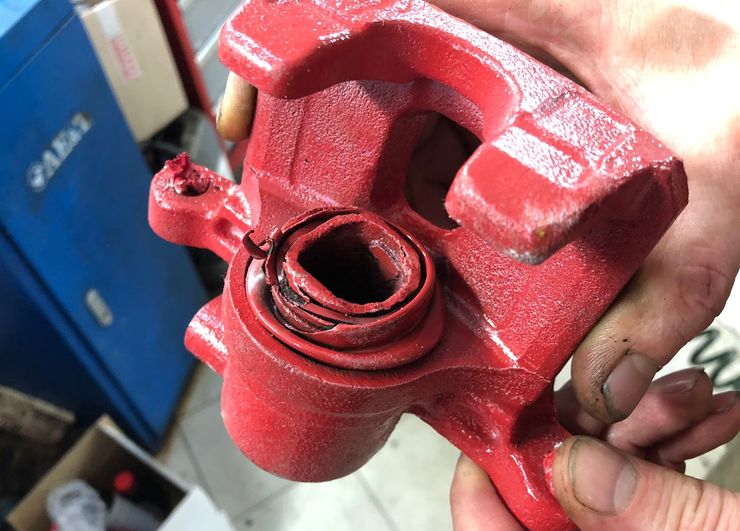
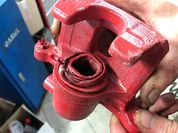
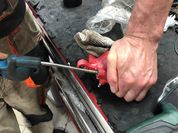
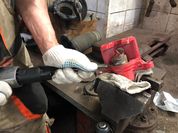
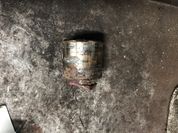
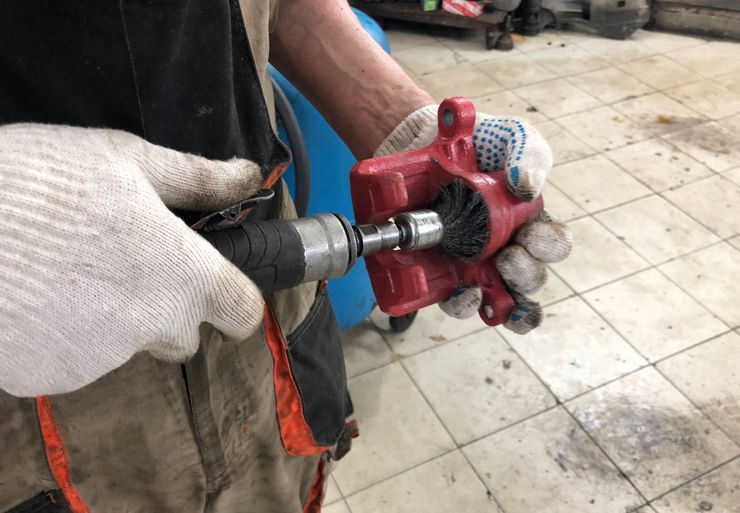
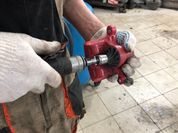
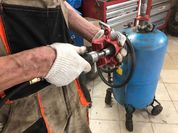
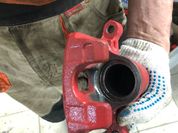
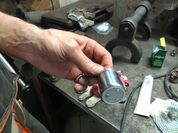
I would like to attribute any problem to the advanced age of cars in Russia, and then let out an offended cry into the void about the restlessness of myself and the people as a whole. However, in the case of braking, this “reason” will turn out to be incorrect, since it is necessary to keep and maintain the mechanisms on a new car, and the jamming of the caliper occurs in the early stages of operation . Literally, on “children’s” runs. So what’s the problem then?
To understand the structure of a caliper, it is enough to disassemble it once: two pieces of iron, two guides and pistons. In most cases there is only one. Here they are, the pistons, and, as a rule, are the cause of the incorrect operation of the entire assembly. Moisture getting between the “mirror” of the cylinder and the piston itself immediately forms corrosion, which in turn leads to jamming of the entire system.
Why? Yes, because the repair kit was bought on the principle “it would be cheaper for me”, the master who arranged the assembly was frankly too lazy to do his job in good faith, the brake fluid was never changed and the valve for pumps in general “don’t need to be touched”. Let’s take a closer look at the complete caliper maintenance procedure.
The braking mechanism consists of a bracket and, in fact, a caliper. The bracket only needs decorative cleaning, as well as sanitary procedures for the tunnels through which the guides pass. It must be as clean as an operating room.
Next, we disassemble the caliper: it is a piece of “cast iron”, where there is a cylinder with a piston, which is the main “driving element” for a couple, as well as a small valve – the brakes are pumped into it. This valve needs to be replaced regularly: it tends to clog, rot and then just break, forcing you to drill out unusable residue and sometimes even replace the entire caliper.
Let’s go back to the piston: initially it was covered with a rubber seal against all odds, in addition, the repair kit has a ring for installing the latter and another seal. Change – only all together, because the weather is wet and the traffic jams are long. When servicing rubber “consumables”, it is necessary to thoroughly clean all surfaces from rust, make sure that there is no deep corrosion on the piston, and if found, replace it. It’s not all that expensive. It is the failure of the same seal that leads to the formation of corrosion on the piston and on the walls of the brake cylinder, and, as a result, to seizing. I want to joke about the gum, but we won’t.
First a light cleaning, then a total “brake cleaner”, then assembly. A special lubricant is applied to the piston itself, to the walls of the cylinder, to the rubber seal inside – the pride of fans of the Toyota brand. She also deals with guides. Then the whole thing is neatly put together, mounted on the wheel and only then, at the very last moment, the “breather” – the brake bleeder valve – is screwed on. Too easily and often by accident it breaks.
This is the only way brake maintenance should look so that they last, work productively and at the right time – don’t get stuck. Can this kind of work be cheap? For such a long and expensive process, is it worth buying a cheap repair kit to redo the procedure in six months? After paying thousands for cleaning and assembly, will we save on lubrication by taking the good old Litol instead of the expensive Japanese? That’s it, yes in God’s ears, as they say.
Source: Avto Vzglyad
Donald Salinas is an experienced automobile journalist and writer for Div Bracket. He brings his readers the latest news and developments from the world of automobiles, offering a unique and knowledgeable perspective on the latest trends and innovations in the automotive industry.